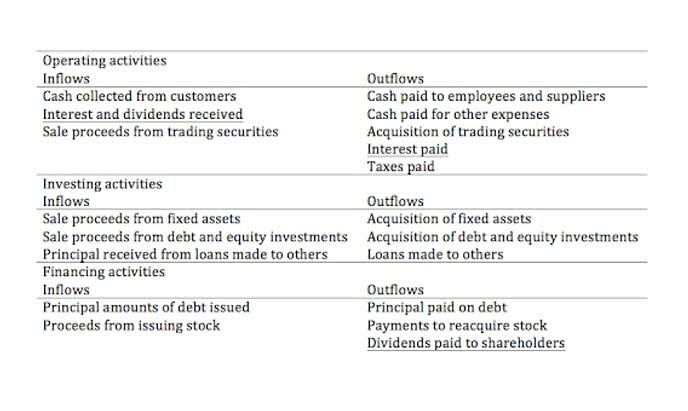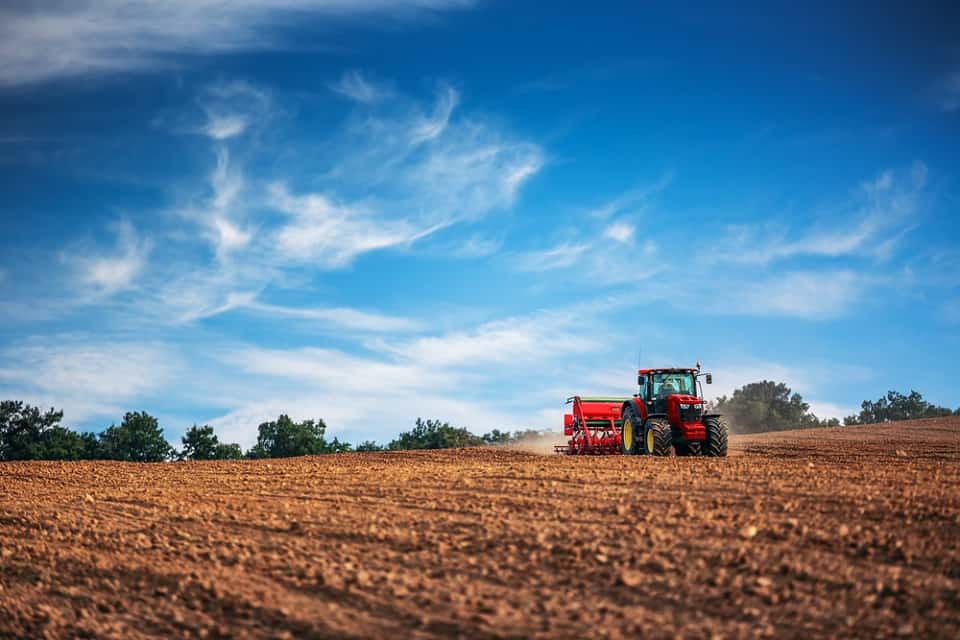
In this approach the standards are related to expectations over the budget period and do not necessarily reflect optimal performance. Usually it is believed that standards should be reasonably attainable in the circumstances envisaged. The success of standard cost system depends on the reliability, accuracy and acceptance of the standards.

Traditional Costing vs. Activity Based Costing
- The aim of calculating this cost of a product is to measure the performance of the business and control any deviations from the standard costs.
- This cost is used as a benchmark for monitoring and controlling the performance of the business in the future.
- These rates help allocate overhead costs based on how much of the cost driver each product, service or project uses.
- With this cost, they will be able to calculate the inventory valuation, cost of goods sold, which will impact the profit during the period.
- Actual costs are ascertained from books of account, material invoices, wage sheet, charge slip etc.
- Standards are unit concept, i.e., they apply to particular products, to individual operations or processes.
Calculating standard costs involves a meticulous process that integrates various data points to establish a reliable cost framework. This process begins with gathering historical data, which serves as a foundation for setting realistic cost expectations. Historical data provides insights into past performance, helping businesses identify trends and patterns that can inform future cost projections. By analyzing this data, companies can make informed decisions about the costs they should expect to incur.

Setting Standards
- This is possible by drawing an organisation chart clearly laying down the authority and responsibility of different executives in the organisation.
- Nobody should be made to feel that system is being imposed upon him.
- When we make the journal entries for completed aprons, we’ll use an account called Inventory-FG which means Finished Goods Inventory.
- The quantities, price and rates, qualities or grades, terms of purchase, product substitution etc. have to be kept in mind while setting standards.
It means that the actual costs are higher than the standard costs and the company’s profit will be $50 less than planned unless some action is taken. Although the terms budgeted and standard costs are sometimes used interchangeably, budgeted costs normally describe the total planned costs for a number of products. Usually budgetary control is operated with a system of standard costing because both systems are interrelated but they are not interdependent. Standard costing is a technique which uses standards for costs and revenues for the purpose of control through variance analysis.

Setting of Standards
There’s also a team page that summarizes team activity, either daily or weekly, and can be filtered to view priority, progress and more. Getting the most out of those resources as efficiently as possible saves time and standard costing money. That Gantt chart schedules resources, but then to get an overview of resource allocation, view the color-coded workload page.
Helps Distinguish Activities
- Companies often rely on past purchase prices, supplier quotes, and market trends to set these standards.
- (k) The traditional short-term focus of the financial year (12 months) is still intact, yet most products and technologies have life cycles exceeding many accounting periods.
- (5) The technical process of operation should be susceptible to planning.
- Traditional approaches limit themselves by defining cost behavior only in terms of production or sales volume.
- With established cost benchmarks, companies can project future expenses with greater precision, reducing the likelihood of budget overruns.
- This in turn can also cause an unfavorable fixed manufacturing overhead volume variance.
Any difference between the standard cost of the material and the actual cost virtual accountant of the material received is recorded as a purchase price variance. A variance is the difference between the actual cost incurred and the standard cost against which it is measured. A variance can also be used to measure the difference between actual and expected sales.
Limitations of Standard Costing:

When we multiply the additional 12 yards times the standard cost of $3 per yard, the result is an unfavorable direct materials usage variance of $36. Let’s assume that in 2024 DenimWorks manufactures (has actual good output how is sales tax calculated of) 5,300 large aprons and 2,600 small aprons. Let’s also assume that the actual fixed manufacturing overhead costs for the year are $8,700.